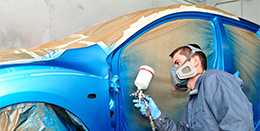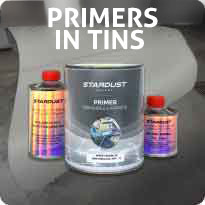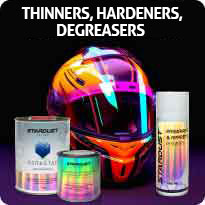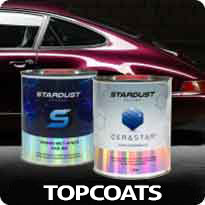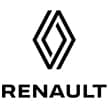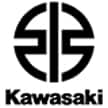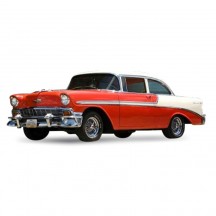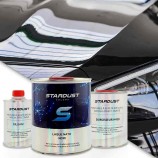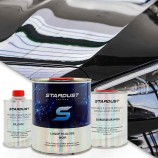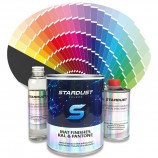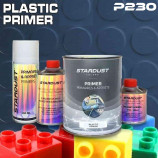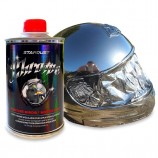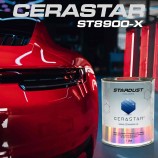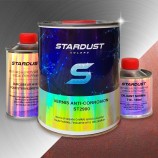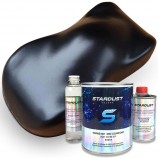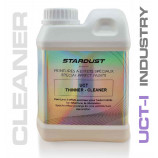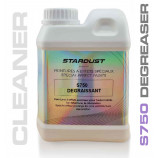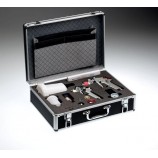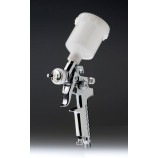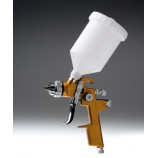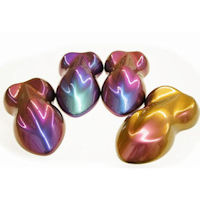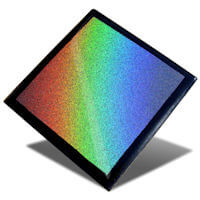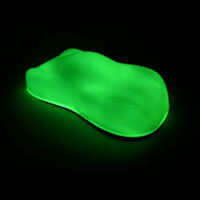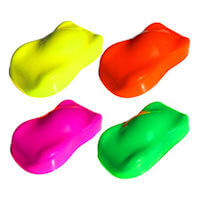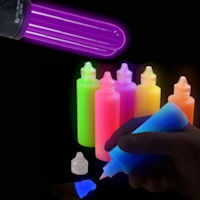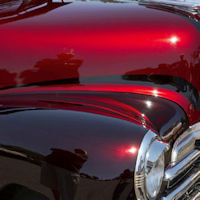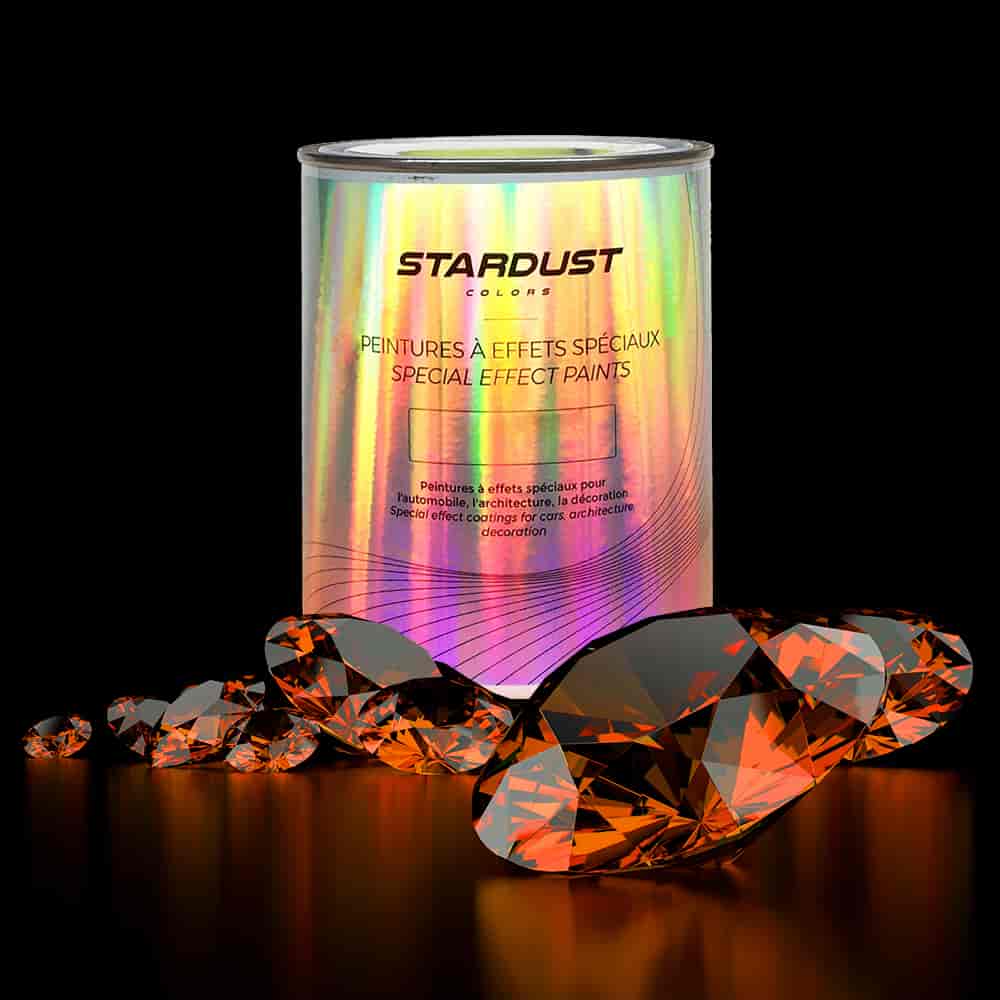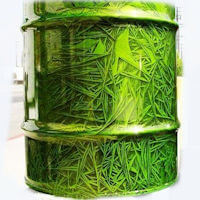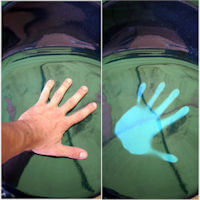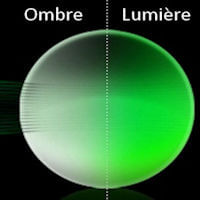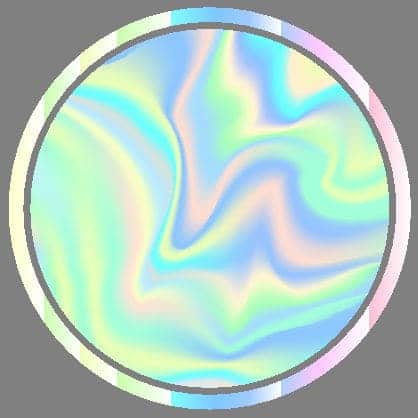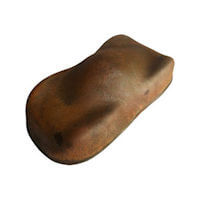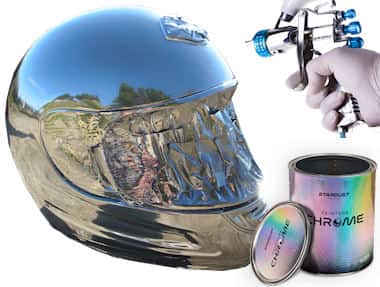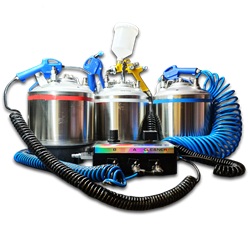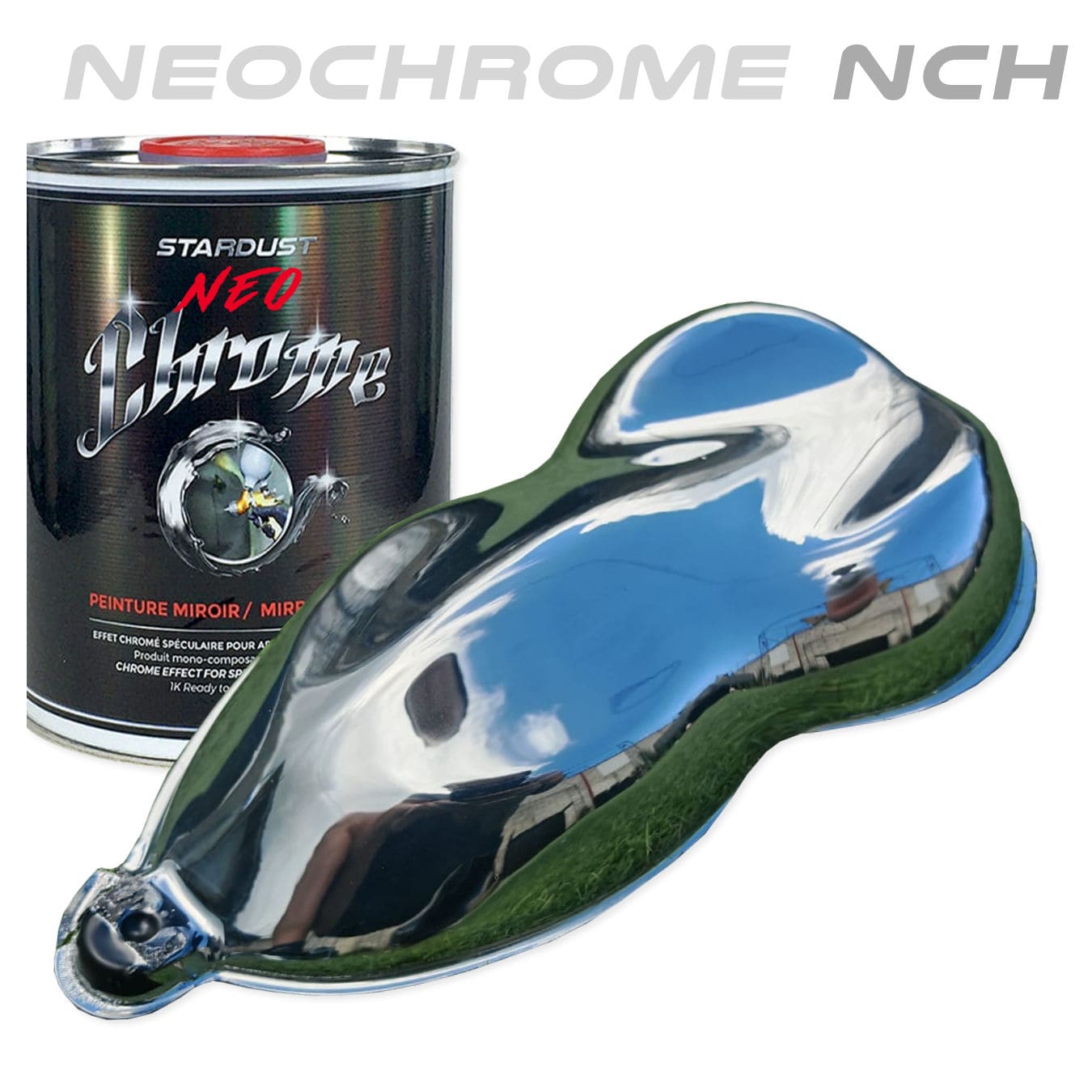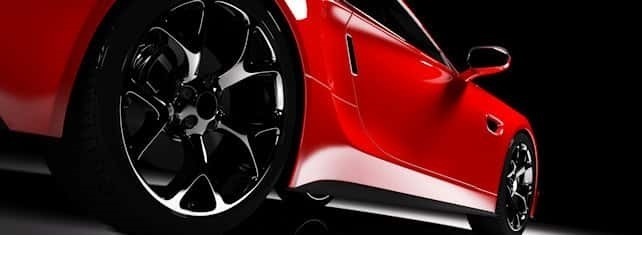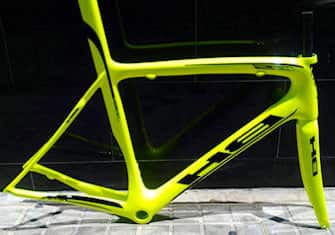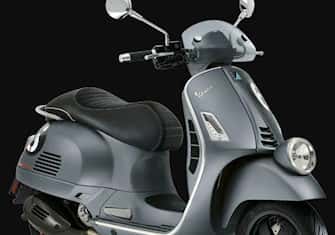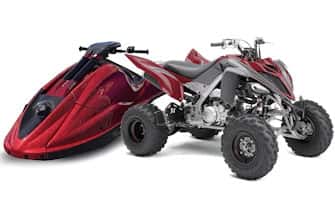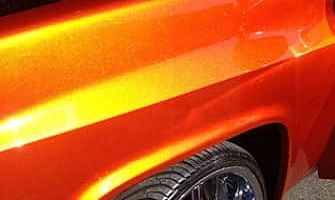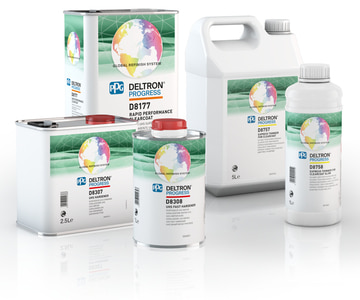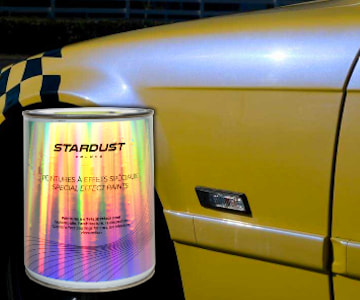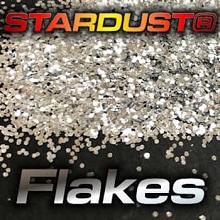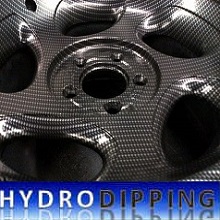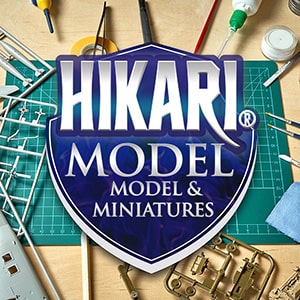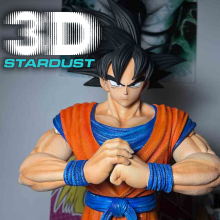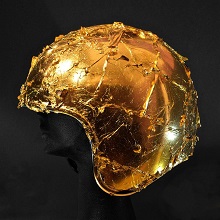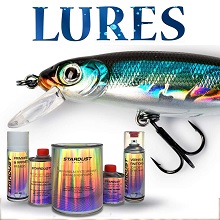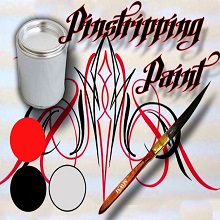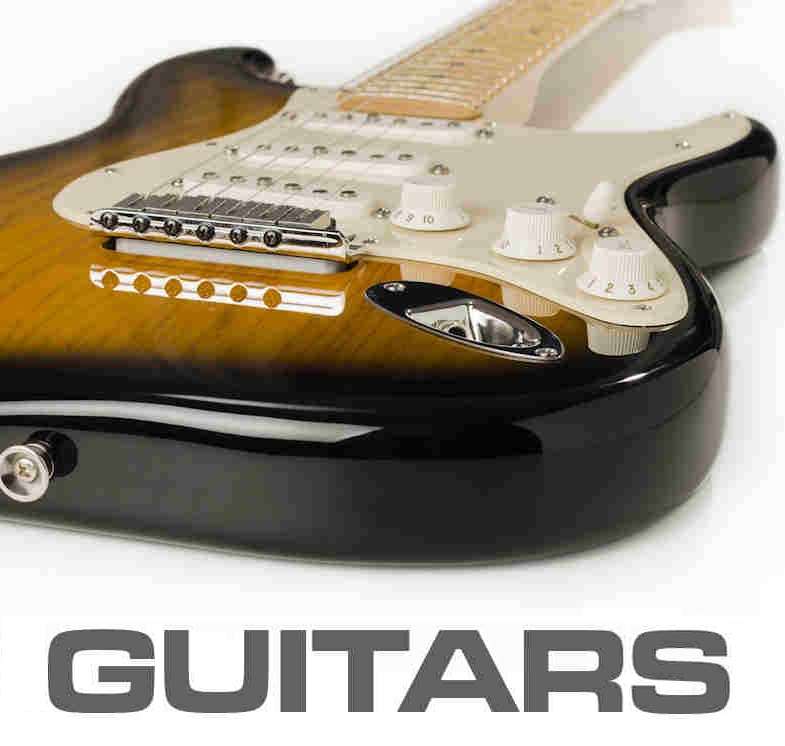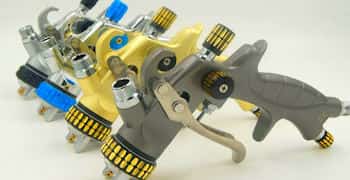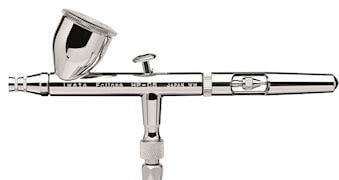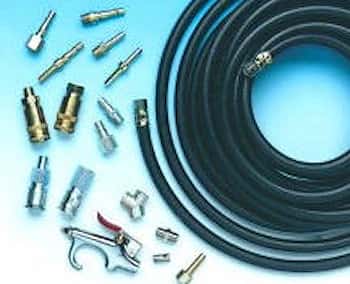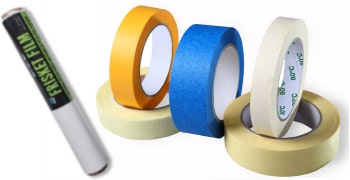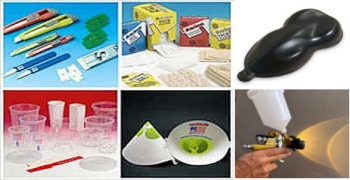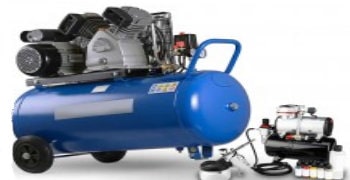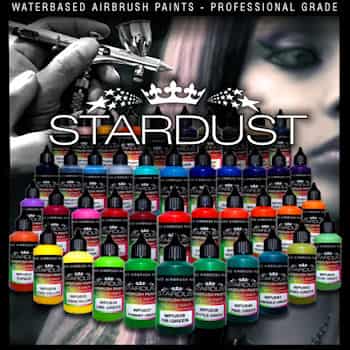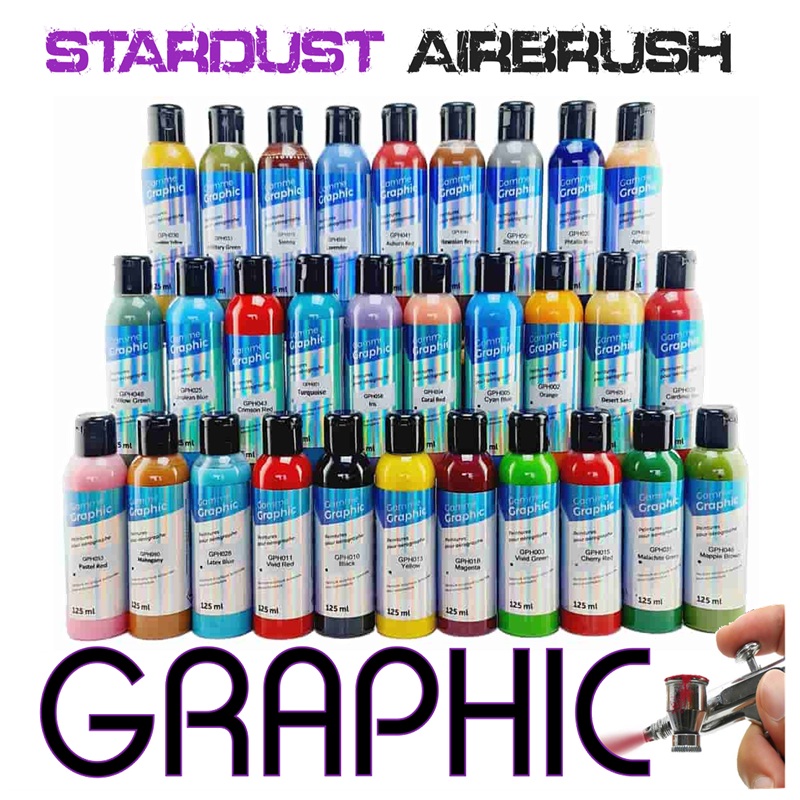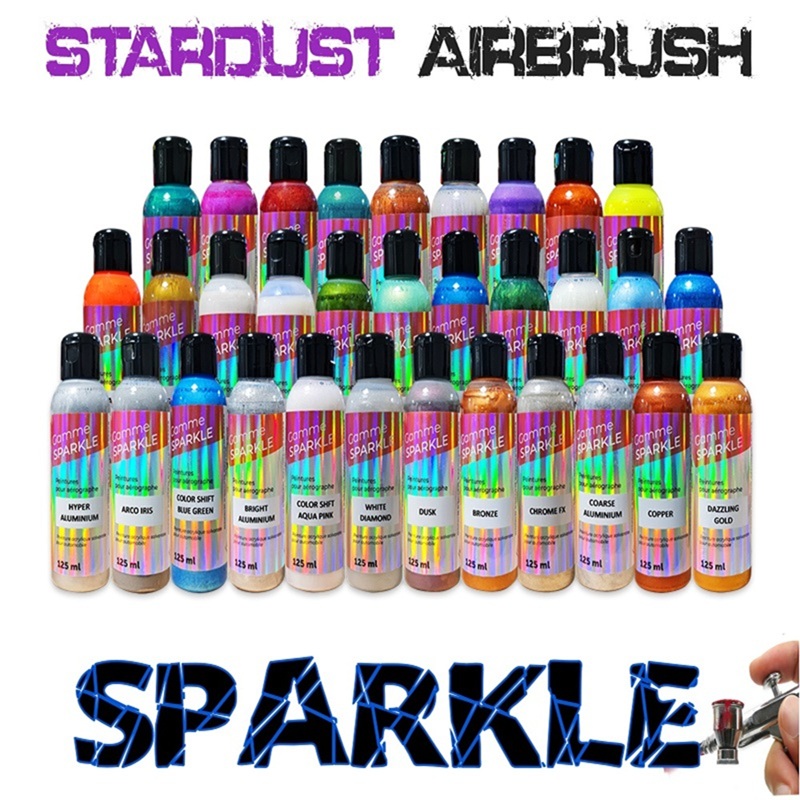Other types of car paint include vintage car paints.
The main restoration work involves bodywork painting, as well as chrome renovation.
The renovation of vintage cars is a passion shared by thousands of collectors across Europe.
We offer vintage car paints. These are mainly polyurethane 2K paints, prepared by our colourists based on countertype formulas from the main car manufacturers (our databases contain all colour codes since the 1940s).
At that time, there were very few — if any — paints containing mother-of-pearl or aluminium. The finishes were essentially opaque and glossy paints.
Which vintage car paint to apply ?
Our products for preparation before painting:
Further down this page, you’ll find our primers for filling and surfacing bodywork defects.
Our special primers for sheet metal and bodywork ensure good adhesion and protection against rust.
We complement our range of primers, paints and topcoats with a full selection of painting supplies and consumables: from paint spray guns to polishing and buffing tools, including dusting cloths and abrasives.
As for chrome restoration on vintage cars, it concerns both interior parts (trim, handles, various elements) and exterior parts (hubcaps, bumpers, trims).
Finding companies able to strip, sandblast, and re-chrome parts using galvanic plating is the best solution — if you have the budget, if you find a qualified professional, and if you have the patience to wait your turn.
How to order your car paint ?
To choose and order paint for your vintage car, scroll down to the product page for 2K paint in the manufacturer’s colour.
All you need to do is select a package in sufficient quantity for the surface area to be painted.
The products are offered as a kit, which means everything is included: 2K paint, hardener and thinner.
We can produce any paint colour for vintage vehicles.
Calculate the coverage for applying car paint to a vintage vehicle
For our 2K paint in two coats, expect 10 m² per litre and per coat.
Silvering for vintage cars
Stardust offers alternatives for chrome-like effects. These methods are quite different from one another — there are no easy, cheap or perfect solutions that provide a 100% chrome finish.
We offer three options for chrome parts on vintage cars:
– Brush-on chrome (easy and nice-looking, but not very durable)
– Spray paint (the best compromise: easy and resistant)
– Silver plating (requires equipment, chemicals, and a complex process)
Silver plating is the only method that produces a sparkling, true chrome plating.
The result is not highly UV-resistant, but it is entirely suitable for cars that are only occasionally driven.
The matte clearcoat
Take the example of some Citroën 2CVs or other vintage cars: at the time, topcoats with today’s high gloss levels simply didn’t exist!
It is wise to choose a less glossy finish, such as a semi-matt or satin topcoat, to preserve the vintage character and appearance of the vehicle.
Period car colour codes
Unfortunately, we cannot assist you if you only know the brand and year, because even back then, the number of paint colour codes was already very high.
However, our colourist will help as best they can by providing a list of possible references.
The best solution, if you don’t know the exact code, is to register on a forum dedicated to your vintage car and share information with other owners.
Chrome effect for car and motorcycle paint







